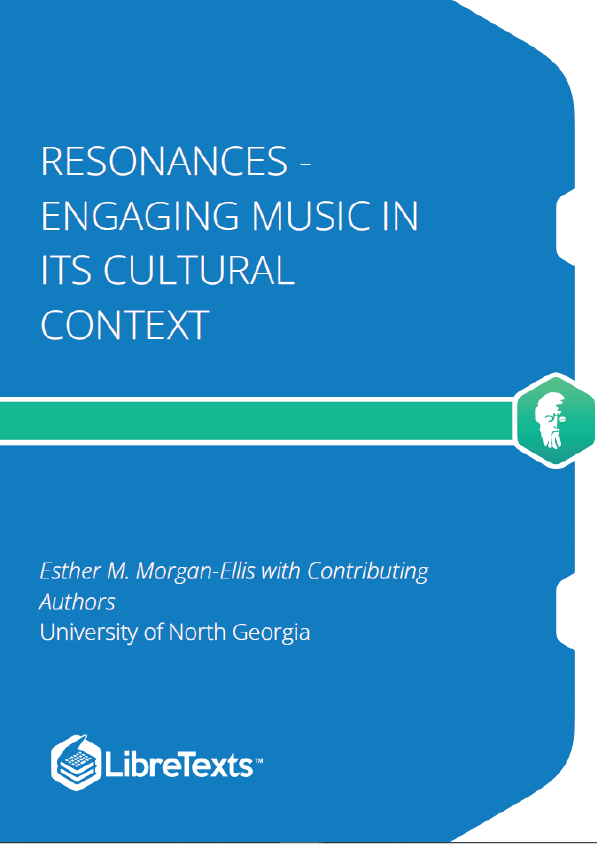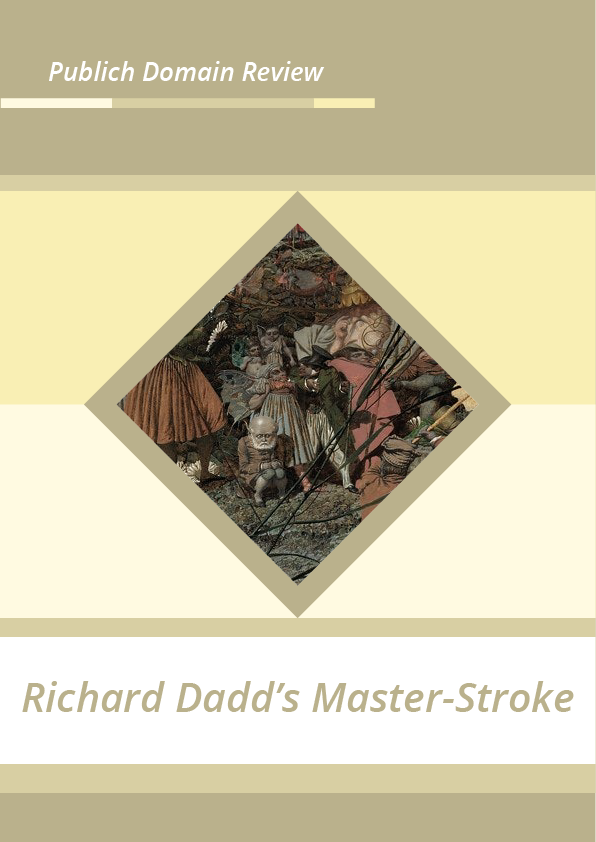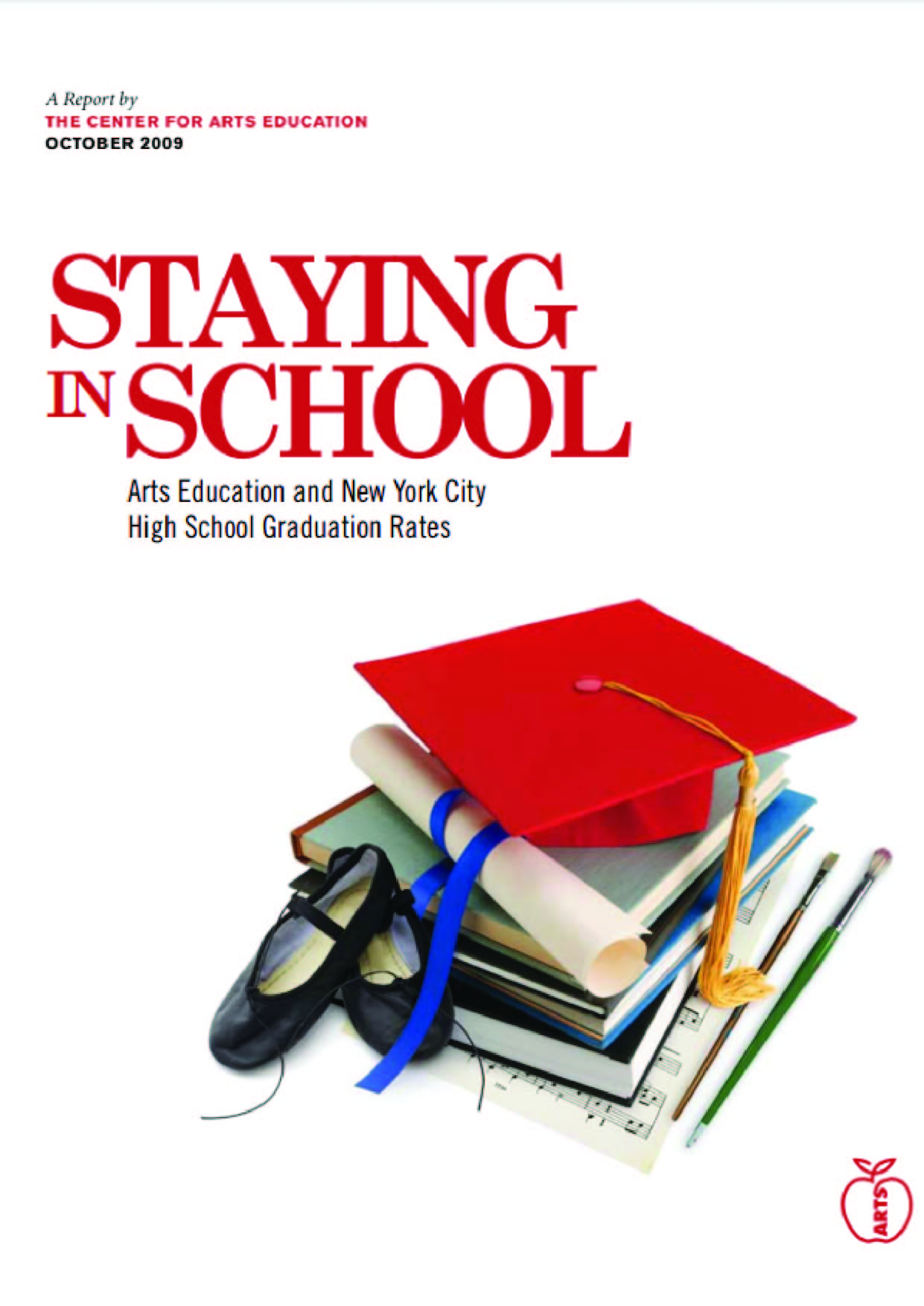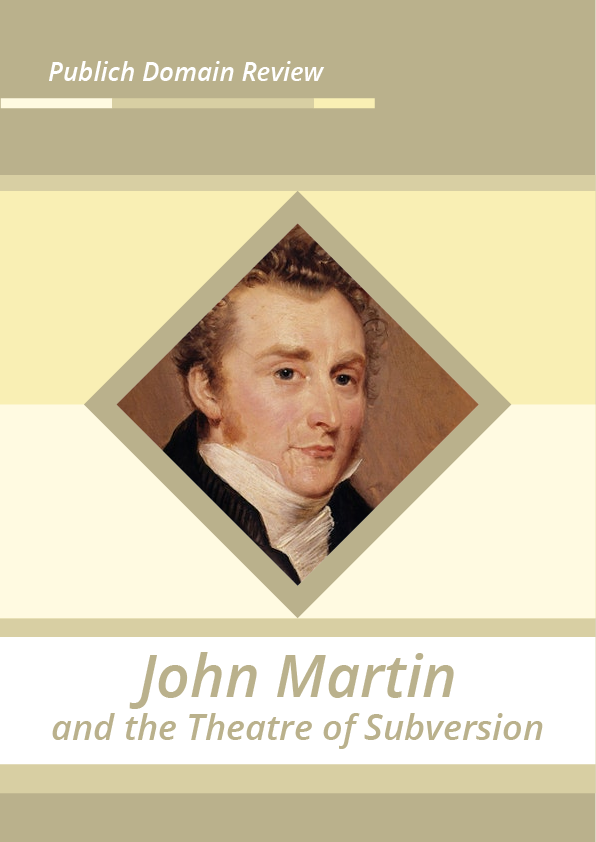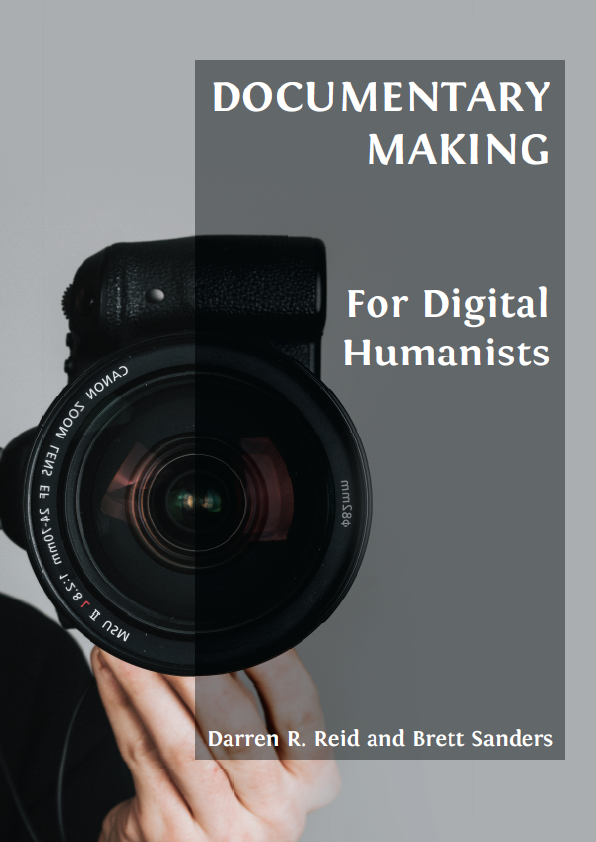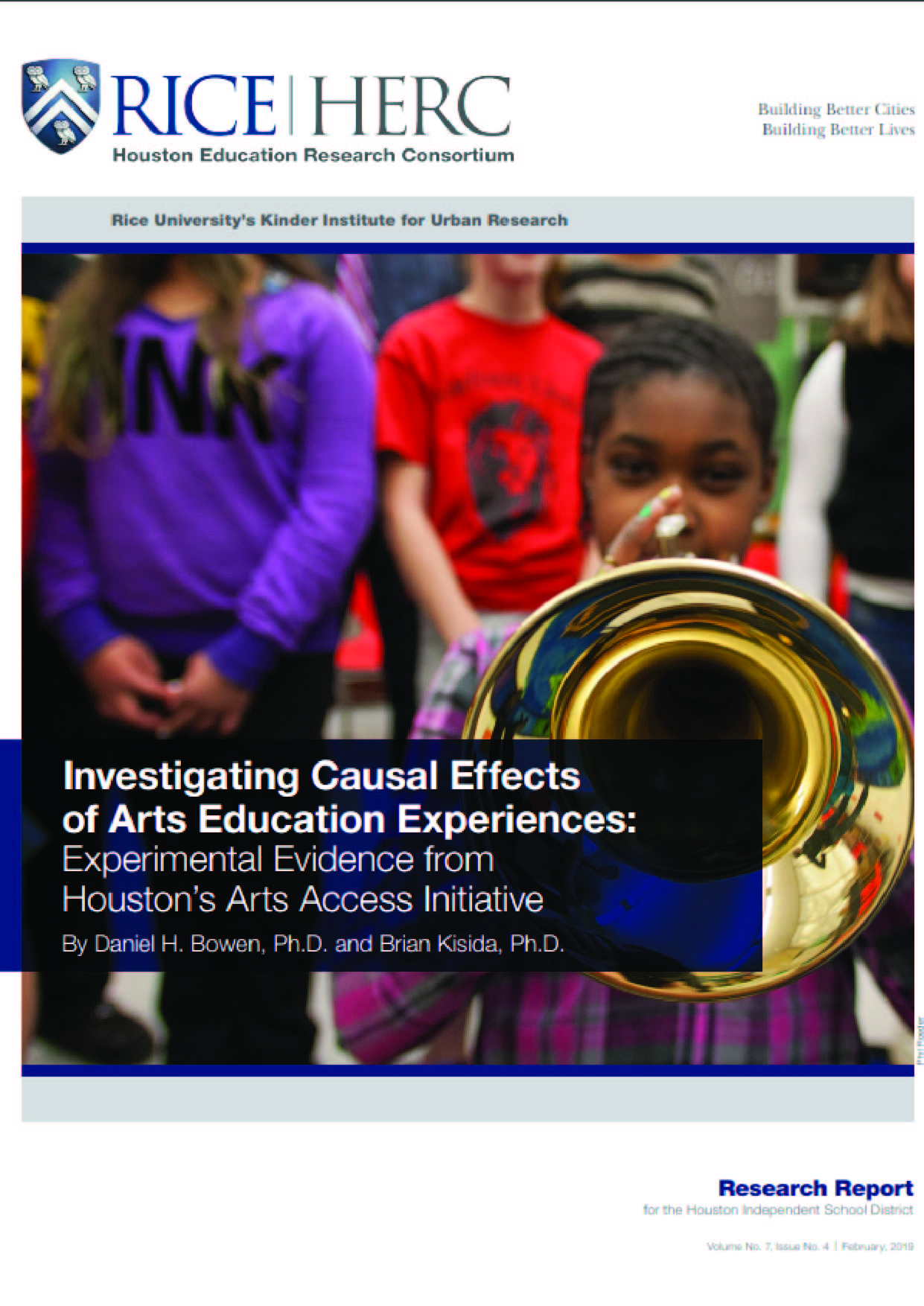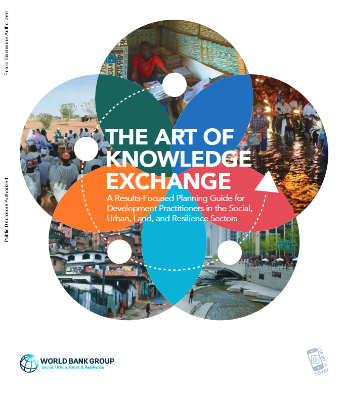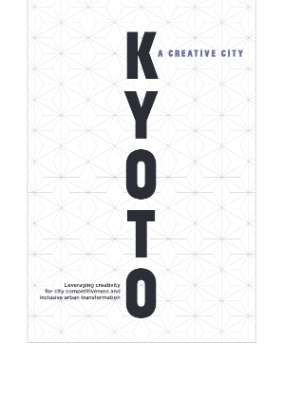Resonances: Engaging Music in Its Cultural Context offers a fresh curriculum for the college-level music appreciation course. The musical examples are drawn from classical, popular, and folk traditions from around the globe. These examples are organized into thematic chapters, each of which explores a particular way in which human beings use music. Topics include storytelling, political expression, spirituality, dance, domestic entertainment, and more. The chapters and examples can be taught in any order, making Resonances a flexible resource that can be adapted to your teaching or learning needs. This textbook is accompanied by a complete set of PowerPoint slides, a test bank, and learning objectives.
It is surprisingly difficult to define the term “music.” More specifically, it can be challenging to determine what is not music, and to explain why. For example, is bird song music? It is beautiful and enjoyable to listen to, and bird song often features clear, catchy melodies. Some birds learn songs from one another, thereby developing diverse repertoires. Is it a problem that birds sing primarily to communicate and attract mates? Humans certainly make music for those purposes. Does the reason for singing determine whether a song counts as music or not? Can music even be made by non-humans, or is it a uniquely human phenomenon?
Let’s consider another example. Are the noises of the city music? How about when they are carefully recorded and curated for release by a record company? In 1964, Michael Siegel issued an album entitled Sounds of the Junk Yard on Folkways Records. Does this enshrinement turn the sounds into music? Does your opinion change when you consider that the rock band Sonic Youth was directly inspired by Sounds of the Junk Yard and sought to replicate its sounds in their playing? How about when noises are painstakingly arranged into a collage by a composer? The 1952 work Williams Mix by John Cage is made up entirely of prerecorded sounds. How about when they are imitated by a musical instrument? Henry Cowell set out to capture the sounds of the New York subway with his 1916 piano composition Dynamic Motion. Or when they are integrated into a concert work, such as the real car horns used in Gershwin’s 1928 orchestral composition An American in Paris?
The broadest definition of music to date was provocatively set forth on August 29, 1952, by the American composer John Cage. He made his statement not in words but with a performance of a composition that is known as 4’33”. The premiere of 4’33” was given by pianist David Tudor, who came out onto the stage and proceeded to sit in silence at the keyboard for the time indicated in the title, interrupting his performance only to open and close the keyboard at predetermined time markers. The musical contents of the performance, therefore, were not sounds that emanated from the piano but rather the incidental sounds that audience members happened to perceive during the allotted time: rustling programs, whispers, laughter, a passing train. The composer certainly did not know what these sounds would be and exercised no control over them—and indeed, the sounds heard during performances today would in some cases have been unimaginable to the composer, who died in 1992. The object of this composition was to make the case that any sounds could be music as long as they were listened to as music. In other words, music is in the ear of the beholder. It is defined not by its source or by the intent of its creator. It is defined by the act of listening.
